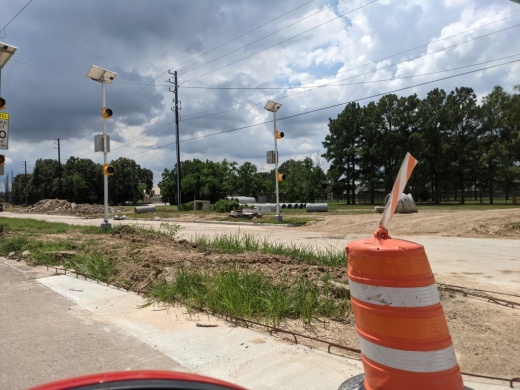The project, which is being funded equally by the county and the city of Houston, is now expected to cost about $9 million. The initial cost of $6.6 million assumed the presence of a median swale, or ditch, for stormwater detention.
Residents overwhelmingly opposed the design due to environmental concerns, Garcia said: About 80% were against the swale, per a 2020 survey from Houston Mayor Pro Tem Dave Martin’s office.
“Most of us recognized that there would be a cost change to the project, but we obviously recognized the benefits. ... When 80% of your public is giving you feedback, that’s significant,” Garcia said. “Thanks to our process of public engagement and taking the public feedback seriously, it allowed us to come to a better conclusion on this project.”
Through the community engagement and design processes, officials learned there was concern over traffic flow in regard to the area’s population growth. Traffic at the bridge over Horsepen Bayou was particularly an issue, Garcia said. The bridge will be widened as part of the project, ensuring traffic safety as a result, he said.
“The community was indicating that this was a choke point for the increased traffic that had been growing over the years,” Garcia said.
Due to the addition of in-ground detention, the widening project has been split into two phases. Phase 1, which began in May 2020 and is about 70% complete, includes expanding the additional lanes, median and bridge over Horsepen Bayou. Phase 2 will begin when Phase 1 is completed this fall with substantial completion expected by April 2022, Garcia said.
Phase 2 includes hike and bike trail work and in-ground detention. The trails will be extended to Horsepen Bayou, and 5 miles of trails works will be completed in conjuncture with the El Dorado widening, Garcia said. This feeds into Precinct 2’s goal to create a broader network of hike and bike trails, he added.
Delays have not been significant, and crews intend to complete the project on time barring any extreme weather, Precinct 2 officials said.
When complete, El Dorado will have four 12-foot lanes, two in each direction. Modifying the project to create a traditional sewer system will protect native trees as well as provide necessary underground detention and drainage, Garcia said.





